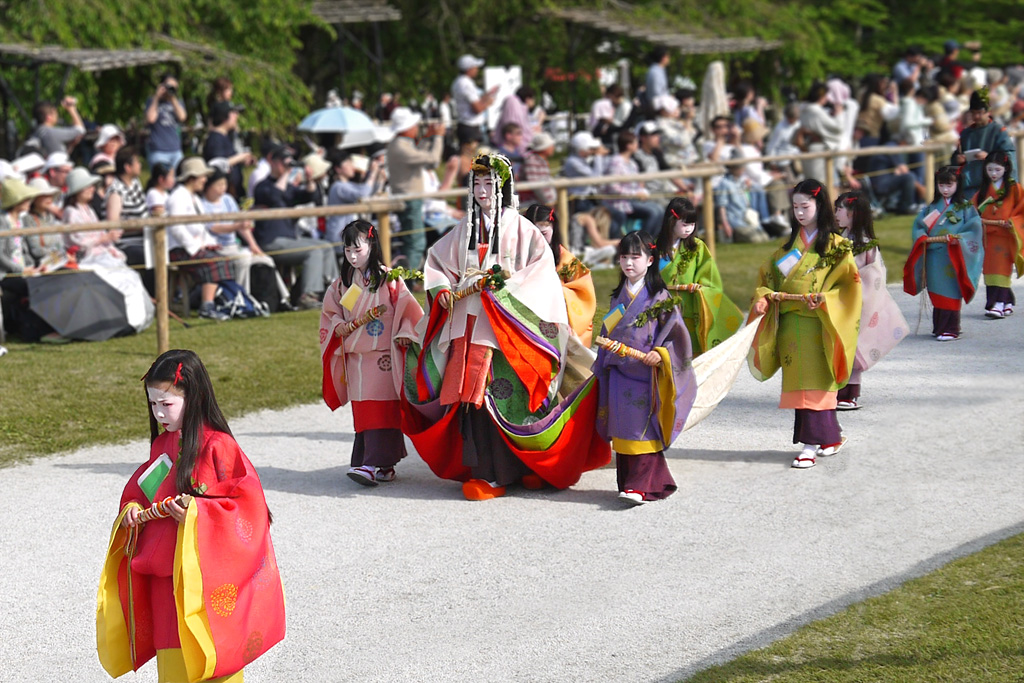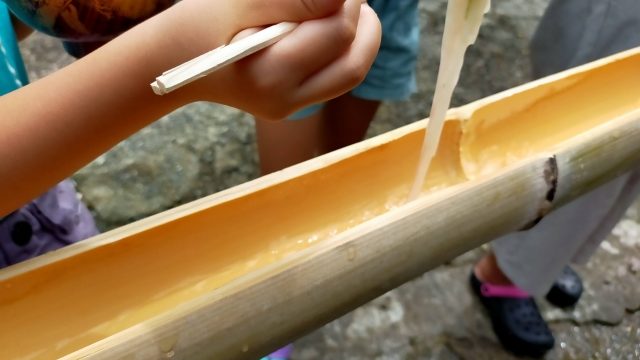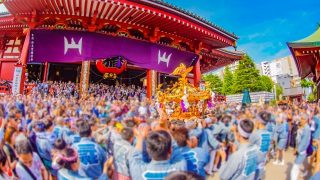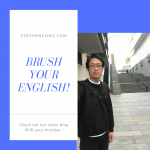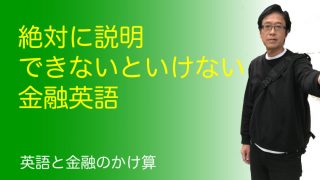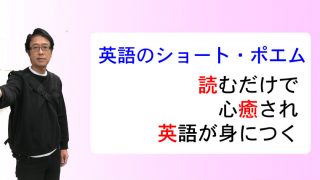京都三大祭りの一つである葵祭(あおいまつり)は、毎年5月15日に行われる由緒ある祭典です。
平安時代の優雅な装束を身にまとった人々の行列は、まるでタイムスリップしたかのような感覚を味わえます。
この記事では、アメリカ人の友人に葵祭の歴史や見どころを英語で説明する際に役立つ表現をご紹介します。
日本の伝統文化の素晴らしさを外国人に伝えるための参考にしてください。
葵祭とは?基本的な英語表現
葵祭は英語では「Aoi Festival」または「Aoi Matsuri」と呼ばれます。外国人の友人に説明する際に役立つ基本的な英語表現をいくつか紹介します。
「葵祭は京都で最も古い祭りの一つで、1400年以上の歴史があります」 “The Aoi Festival is one of the oldest festivals in Kyoto, with a history spanning over 1,400 years.”
「葵祭は京都の三大祭り(祇園祭、時代祭、葵祭)の一つです」 “The Aoi Festival is one of Kyoto’s three major festivals (Gion Festival, Jidai Festival, and Aoi Festival).”
「この祭りの名前は、行列の参加者が身につける葵(あおい)の葉に由来しています」 “The festival’s name comes from the Aoi (hollyhock) leaves worn by the participants in the procession.”
「葵祭は下鴨神社(しもがもじんじゃ)と上賀茂神社(かみがもじんじゃ)への奉納行事です」 “The Aoi Festival is a ceremonial offering to Shimogamo Shrine and Kamigamo Shrine.”
葵祭の歴史と起源
葵祭の歴史的背景について説明する際の英語表現です。
「葵祭の起源は6世紀まで遡り、当時は疫病や災害を鎮めるための儀式でした」 “The origins of the Aoi Festival date back to the 6th century when it was a ritual to appease epidemics and natural disasters.”
「平安時代(794-1185)には、この祭りは天皇の勅使(ちょくし)が神社に参拝する重要な行事となりました」 “During the Heian period (794-1185), the festival became an important event where the Emperor’s messenger would visit the shrines.”
「江戸時代に一時中断しましたが、1884年に明治天皇の命により復活しました」 “The festival was temporarily discontinued during the Edo period but was revived in 1884 by order of Emperor Meiji.”
「現在の葵祭は、平安時代の様式を忠実に再現しています」 “Today’s Aoi Festival faithfully reproduces the style of the Heian period.”
葵祭の行列と装束
葵祭の特徴的な行列と装束について説明する英語表現です。
「葵祭の行列は約500人の参加者で構成され、全長約1キロメートルに及びます」 “The Aoi Festival procession consists of about 500 participants and stretches for about one kilometer.”
「行列の参加者は、平安時代の優雅な装束を身にまとっています」 “Participants in the procession wear elegant costumes from the Heian period.”
「斎王代(さいおうだい)は、祭りで最も重要な役割を担う未婚の女性です」 “The Saio-dai is an unmarried woman who plays the most important role in the festival.”
「斎王代は、かつて天皇の代理として神社に奉仕した皇女を模しています」 “The Saio-dai represents an imperial princess who historically served at the shrines as the Emperor’s representative.”
「牛車(ぎっしゃ)は、高貴な人々が利用した平安時代の乗り物です」 “The ox-drawn carriage (gissha) was a vehicle used by nobles during the Heian period.”
「葵祭の参加者は皆、葵の葉を身につけています。これは神聖さと浄化の象徴です」 “All participants in the Aoi Festival wear hollyhock leaves, which symbolize sacredness and purification.”
葵祭の流れとイベント
葵祭の当日の流れについて説明する英語表現です。
「葵祭は5月15日の朝、京都御所から始まります」 “The Aoi Festival begins on the morning of May 15th at the Kyoto Imperial Palace.”
「行列は京都御所から出発し、下鴨神社と上賀茂神社へと向かいます」 “The procession departs from the Imperial Palace and heads to Shimogamo Shrine and then to Kamigamo Shrine.”
「馬や牛車、様々な役割を持つ人々の行列は、まるで平安絵巻が動き出したようです」 “The procession of horses, ox-drawn carriages, and people with various roles looks like a Heian picture scroll come to life.”
「両神社では、神前で古式ゆかしい儀式が執り行われます」 “At both shrines, traditional ceremonies are conducted before the gods.”
「祭りの前日には『路頭の儀(ろとうのぎ)』と呼ばれる浄化の儀式が行われます」 “The day before the festival, a purification ceremony called ‘Roto-no-gi’ is performed.”
「葵祭の前には『流鏑馬神事(やぶさめしんじ)』という馬上から的を射る弓術の奉納があります」 “Before the Aoi Festival, there is an offering of horseback archery called ‘Yabusame Shinji’ where archers shoot targets from horseback.”
葵祭を観る際のポイント
外国人の友人と一緒に葵祭を観る際のアドバイスと英語表現です。
「葵祭を見るベストスポットは、京都御所の出発地点か、下鴨神社、上賀茂神社の到着地点です」 “The best spots to view the Aoi Festival are at the starting point at the Imperial Palace or at the arrival points at Shimogamo and Kamigamo Shrines.”
「行列は午前10時30分頃に京都御所を出発し、下鴨神社には正午頃、上賀茂神社には午後3時頃に到着します」 “The procession leaves the Imperial Palace around 10:30 a.m., arrives at Shimogamo Shrine around noon, and reaches Kamigamo Shrine around 3 p.m.”
「祭りの日は混雑するので、早めに良い観覧場所を確保することをお勧めします」 “As the festival day gets crowded, I recommend securing a good viewing spot early.”
「有料の観覧席も用意されていますが、事前予約が必要です」 “Paid seating is also available, but advance reservations are required.”
「葵祭は5月の暑い日に行われるので、帽子、日焼け止め、水分補給を忘れないでください」 “Since the Aoi Festival takes place on a hot day in May, don’t forget to bring a hat, sunscreen, and stay hydrated.”
葵祭にまつわる文化と伝統
葵祭に関連する文化的側面について説明する英語表現です。
「葵(ふたば葵)は、神聖な植物と考えられており、災いを払い、幸運をもたらすと信じられています」 “Aoi (futaba aoi or hollyhock) is considered a sacred plant and is believed to ward off misfortune and bring good luck.”
「葵祭は単なる観光イベントではなく、日本の神道の伝統に根ざした宗教的儀式です」 “The Aoi Festival is not just a tourist event but a religious ceremony rooted in Japanese Shinto traditions.”
「下鴨神社と上賀茂神社は、ともに世界遺産に登録されています」 “Both Shimogamo Shrine and Kamigamo Shrine are registered as UNESCO World Heritage Sites.”
「祭りの期間中、両神社では特別な展示や催しが行われています」 “During the festival period, special exhibitions and events are held at both shrines.”
「葵祭は、日本の四季と調和した美しい伝統行事の一つです」 “The Aoi Festival is one of Japan’s beautiful traditional events that harmonizes with the four seasons.”
葵祭の現代的意義
現代における葵祭の意義について説明する英語表現です。
「葵祭は、急速に変化する現代社会の中で、日本の古来の伝統を保存する重要な役割を果たしています」 “The Aoi Festival plays an important role in preserving ancient Japanese traditions in our rapidly changing modern society.”
「この祭りは、京都の歴史的・文化的アイデンティティを強化し、次世代に伝えていきます」 “This festival strengthens Kyoto’s historical and cultural identity and passes it on to the next generation.”
「多くの若者が祭りに参加することで、伝統文化への関心が高まっています」 “Many young people’s participation in the festival is increasing interest in traditional culture.”
「葵祭は、日本の伝統行事の中でも特に美しく洗練されており、国内外から多くの観光客を魅了しています」 “The Aoi Festival is particularly beautiful and refined among Japanese traditional events, attracting many tourists from Japan and abroad.”
まとめ
葵祭は、1400年以上の歴史を持つ日本の伝統文化の宝です。平安時代の優雅な装束と荘厳な雰囲気は、まるで古代の絵巻物が蘇ったかのような感覚を味わえます。アメリカ人の友人と一緒に葵祭を観覧する機会があれば、ぜひこの記事で紹介した英語表現を活用して、日本文化の奥深さと美しさを伝えてみてください。
京都を訪れる外国人観光客にとって、葵祭は単なる観光イベントではなく、日本の神道の精神性や美意識に触れる貴重な機会となるでしょう。日本文化のファンとして、ぜひこの素晴らしい伝統行事を世界に紹介してください。
写真提供:京都フリー写真素材
外資系企業への英語面接サポート・サービスで不安を解消しましょう!
stephenpong.com では、おひとりおひとりに合わせて
英語面接のサポートをレジュメの作成段階からご指導致します
まずは、お問い合わせください
自分で用意した英文レジュメはこれでいいのかな?
英語面接の質問とその答え方はどう準備したらいいの?
英語の面接に不安を感じる、模擬面接で練習したい?!
これらのお悩みをすべて解決します!
お気楽に下記フォームからご相談ください!
人生を動かしましょう!
ごく稀に、返信メールがお客様の迷惑フォルダに紛れ込んでいる場合がありますのでご注意ください。
